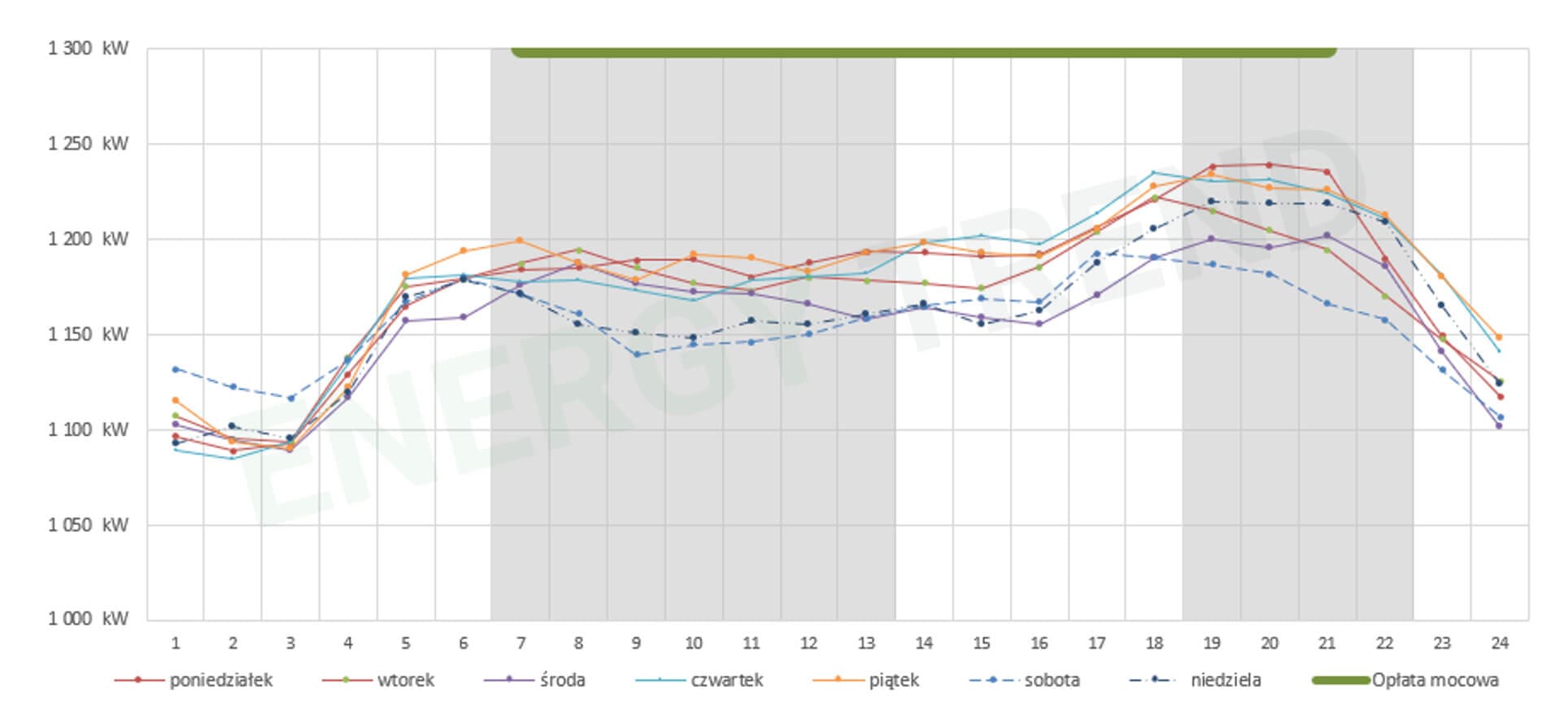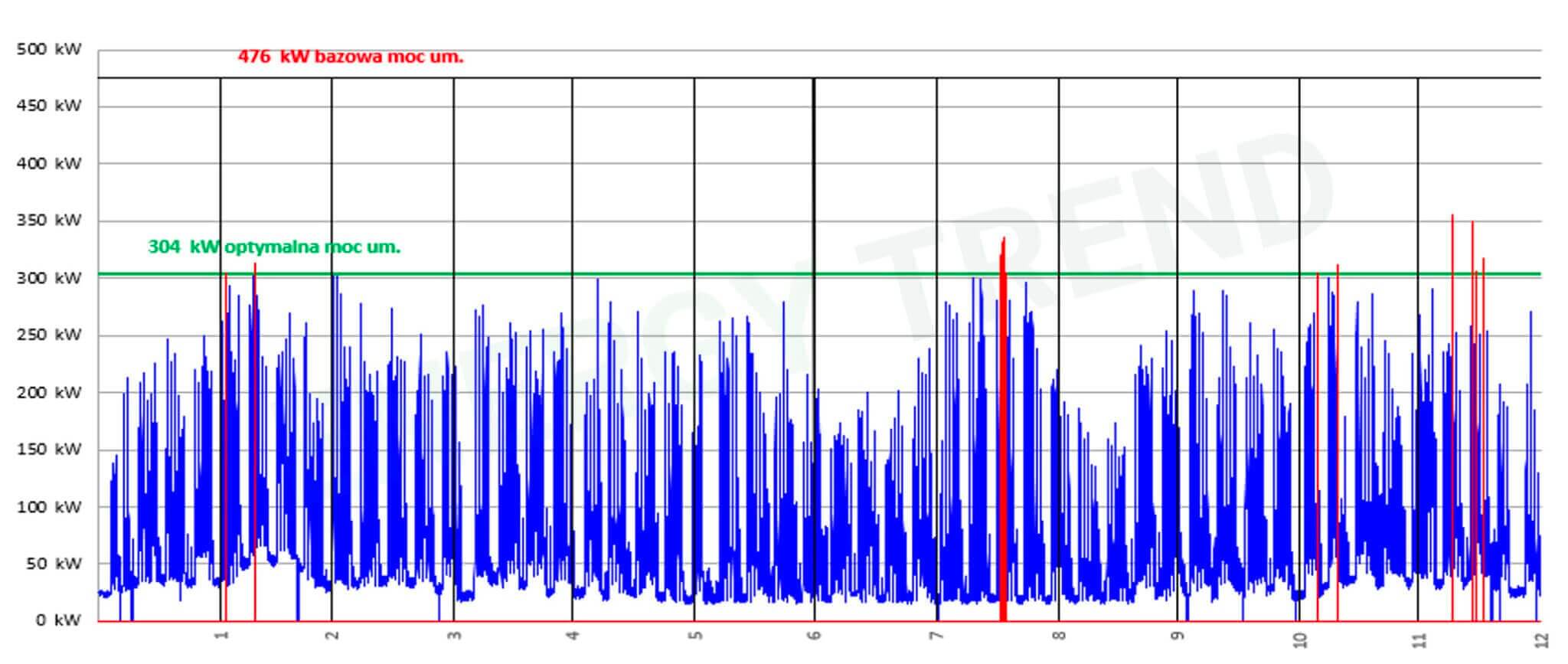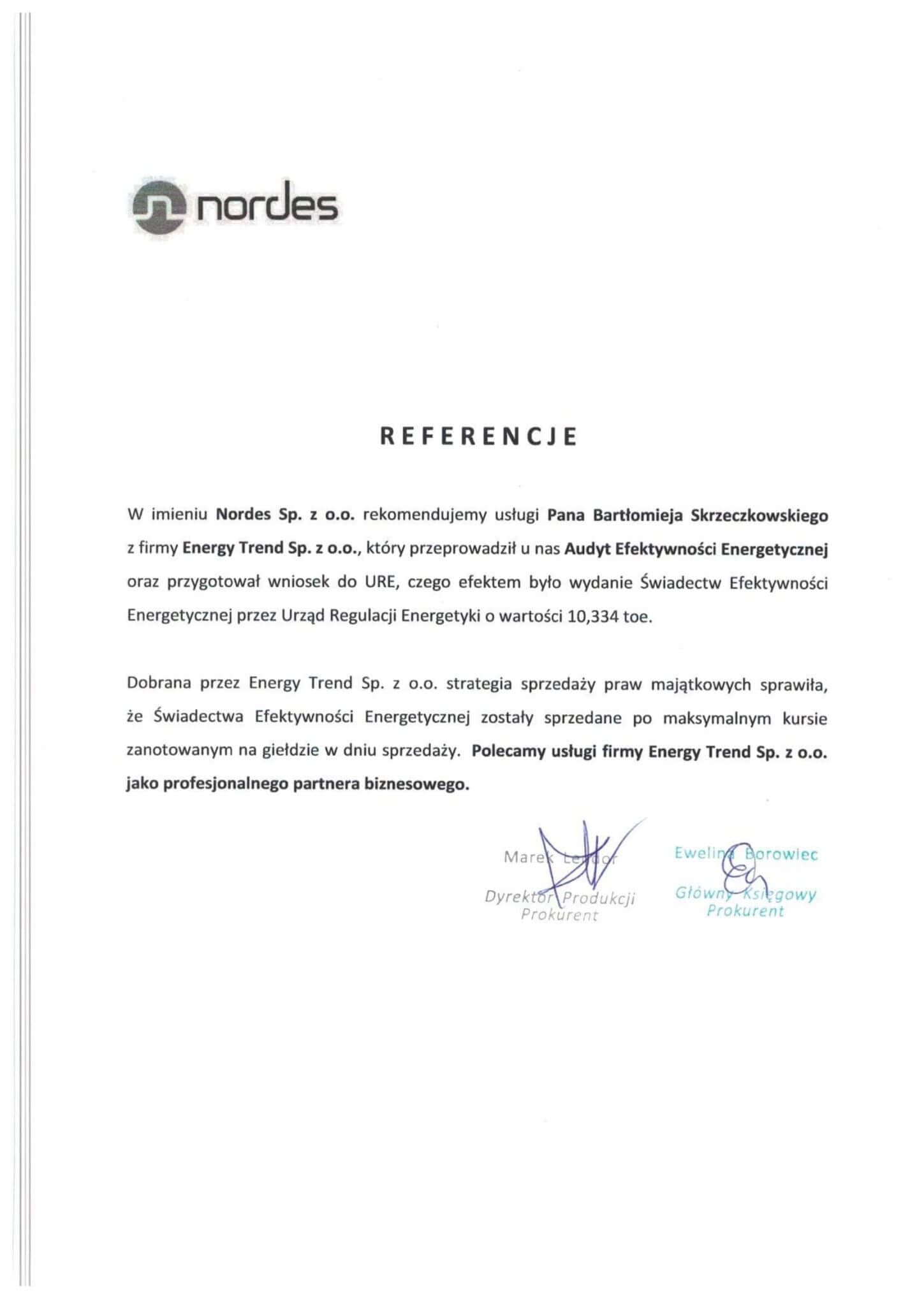Optimizing electricity costs
Choosing a tariff group
The tariff group should be selected to align with the nature of the company’s operations, which includes the hourly electricity consumption at the facility. The tariff depends primarily on the voltage of the electricity, as well as the ordered power capacity and the number of settlement time zones.
We help switch from one tariff to another, resulting in lower electricity bills. Tariff changes often involve modifications within the settlement time zones, for example, transitioning from single-zone to two- or three-zone billing or dividing into nighttime and daytime, or peak and off-peak zones.
To choose the right tariff, you need to determine the optimal work pattern of the facility based on 15-minute settlement cycles and analyze whether it’s worth changing the current voltage level. Changing the voltage level involves a significant investment, such as building your own transformer, but it may prove to be a financially viable solution. At Energy Trend, we can verify this without risk to your company.

Analysis of contracted power
Before connecting to the power grid, you need to declare the maximum power you will be drawing, which is referred to as contracted power. This declaration allows the energy supplier to determine the appropriate connection and protection. Importantly, the contracted power is the basis for calculating charges for energy consumption. If a business incorrectly estimates its power demand or doesn’t control the operation of its devices properly and exceeds the contracted power, it may face additional costs as the energy provider will levy additional charges.
Distribution system operators (DSOs) continuously monitor the active power consumed or fed into the grid by a facility. The excess of the contracted power is calculated hourly, but it uses the average values recorded every 15 minutes. This means that momentary exceedances of the contracted power due to events like device startups are not taken into account. Penalties are calculated based on this data.
As a result of multiple power exceedances during the same hour, the Distribution System Operator (DSO) takes into account only the moments when the facility exceeded the power by the largest values. The penalty is calculated using several methods, and one of them involves the product of a fixed component of the network rate and the sum of the ten highest power exceedances recorded.
To reduce additional costs, it’s necessary to choose the rated power appropriately. Optimization can involve using a fixed or variable rated power. Sometimes, using variable power can lead to savings of several dozen percent compared to a fixed rated power. However, it’s important to be aware that with this practice, the savings will vary depending on the month.
Another way to optimize the rated power is to intervene in the energy system, for example, by using a power guard, a cogeneration unit, or photovoltaics. However, if the company chooses not to intervene in the energy system in any way, the scope of cost optimization will be limited to the analysis of the rated power, which is conducted by Energy Trend using a success fee model – payment expressed as a percentage of the financial savings achieved.

Power guard
The next step towards savings is the use of a power guard, which, thanks to an optical sensor, transmits information about energy consumption to a computer. It allows for further savings of several dozen or even several dozen percent on energy consumption. The power guard monitors the active power consumed, allowing the workplace to avoid additional charges.
Its functions include monitoring energy consumption in 15-minute cycles, forecasting consumption for the entire settlement period, notifying about the possibility of exceeding the declared consumption, and recording such events. The power guard can also control power consumption, display data on the computer, and archive power profiles. It’s worth conducting an analysis to see if implementing such a simple integration into the energy system will yield positive financial results.

Benefits of energy cost optimization
The main goal of the service of electricity cost optimization is to reduce the costs associated with its usage. For large facilities, such a service can bring significant savings over the course of a year. However, the service brings more benefits to businesses. Optimization of electricity costs involves a thorough analysis of energy consumption points, energy needs and requirements, as well as identifying ways to reduce costs. All these factors are individually tailored to each facility, taking into account its specific characteristics and user preferences (with or without interference in the energy system). As a result, we discover existing problems and recommend modern solutions, such as photovoltaic installations, cogeneration systems, or lighting system upgrades.. In addition, we conduct a cost analysis of the investment, forecast the payback period, and identify potential sources of financing.
The service of energy cost optimization brings significant long-term benefits, allowing for a reduction in electricity costs by several percent. The result of this service is a report containing the results of all conducted analyses and forecasts of annual electricity cost savings. We offer support throughout the process of changing distribution parameters and making modifications to the energy system if needed. If you have any questions, please feel free to contact us. Our experts are ready to answer all your inquiries.
Selected Clients:

Contact us
If you are interested in our services, please contact us. During a free consultation, we will determine the areas in which we can assist you and present our solutions. We are available to you from Monday to Friday between 8:00 AM and 5:00 PM.
Call us
Write to us











